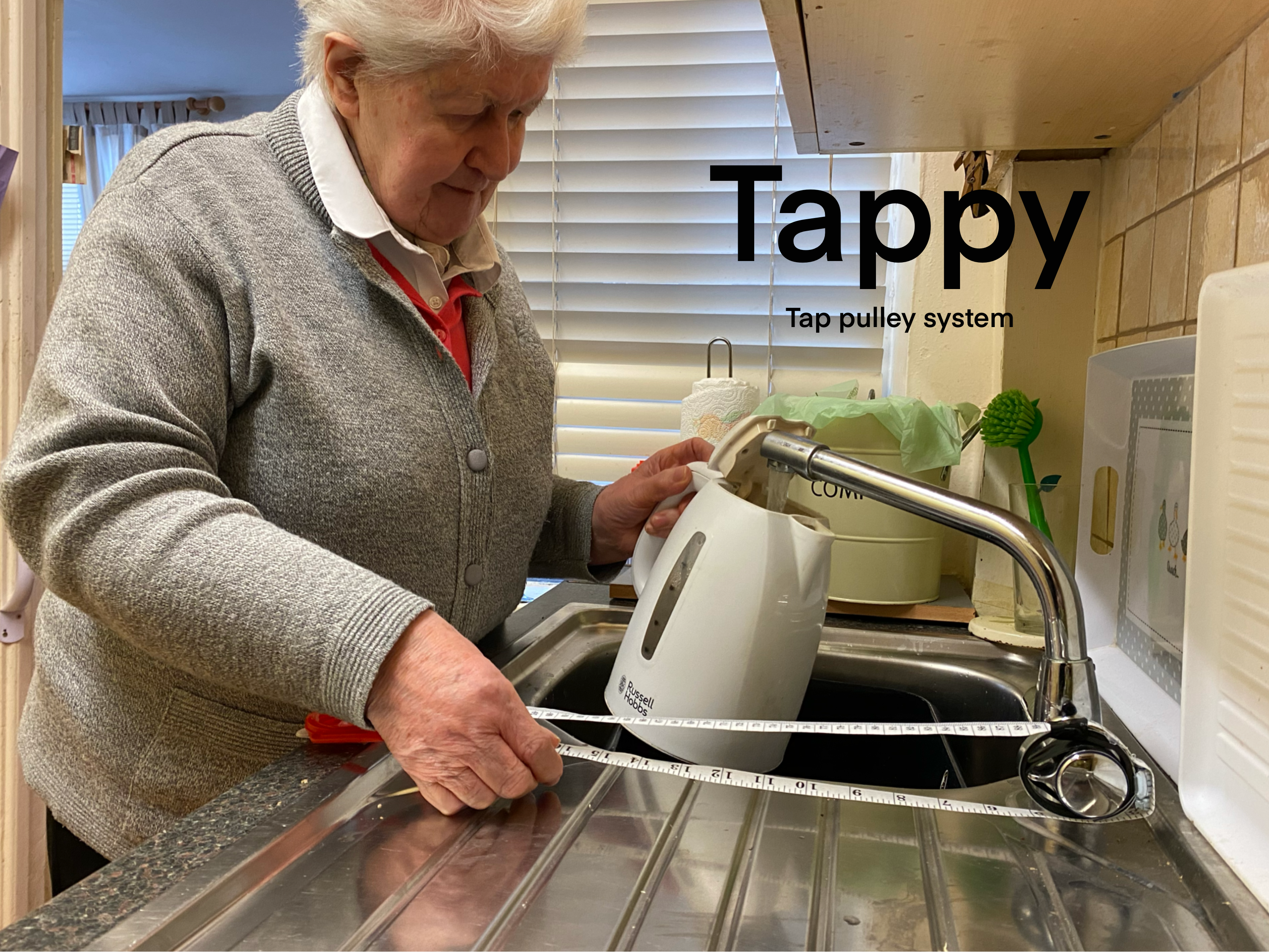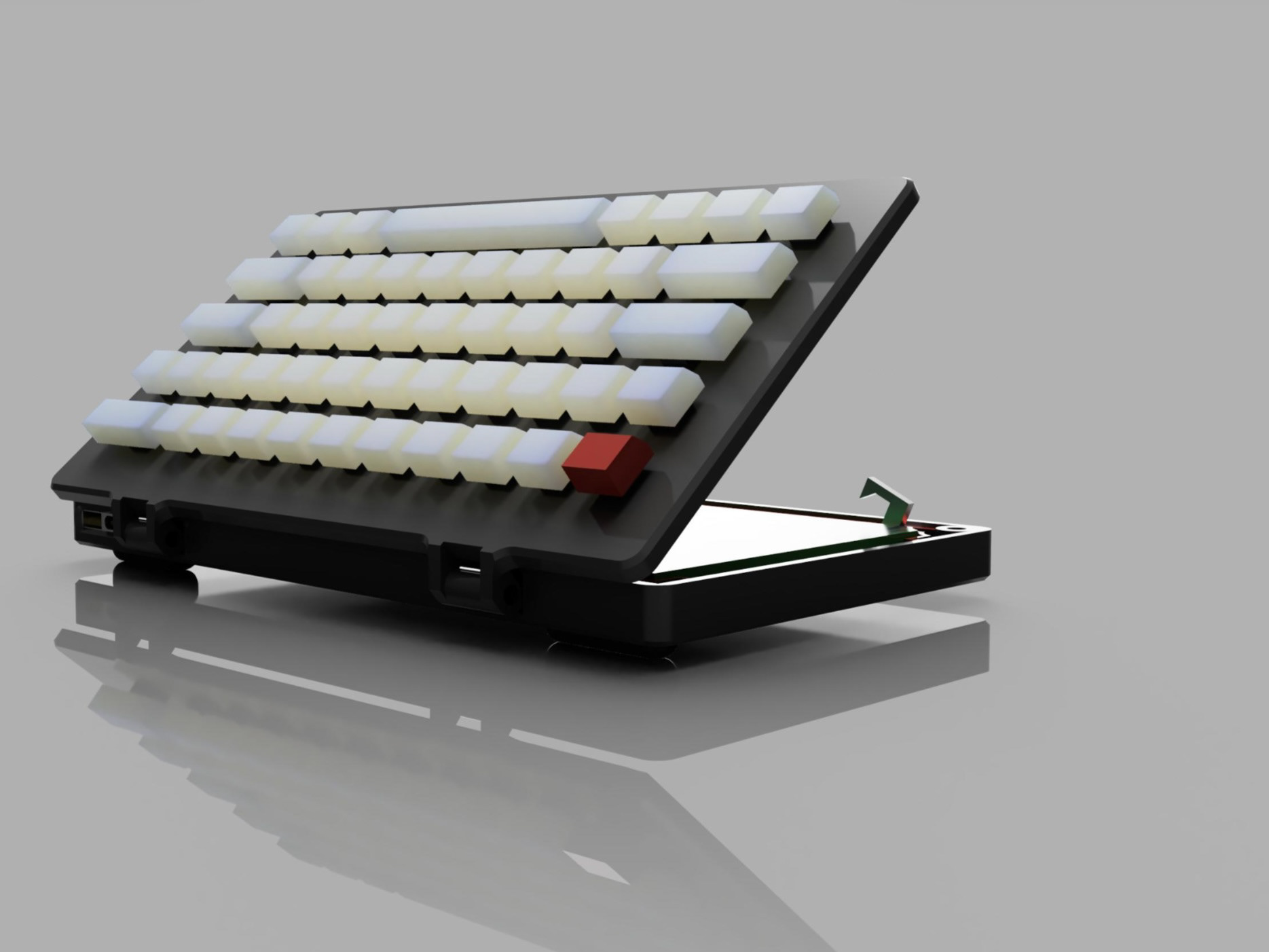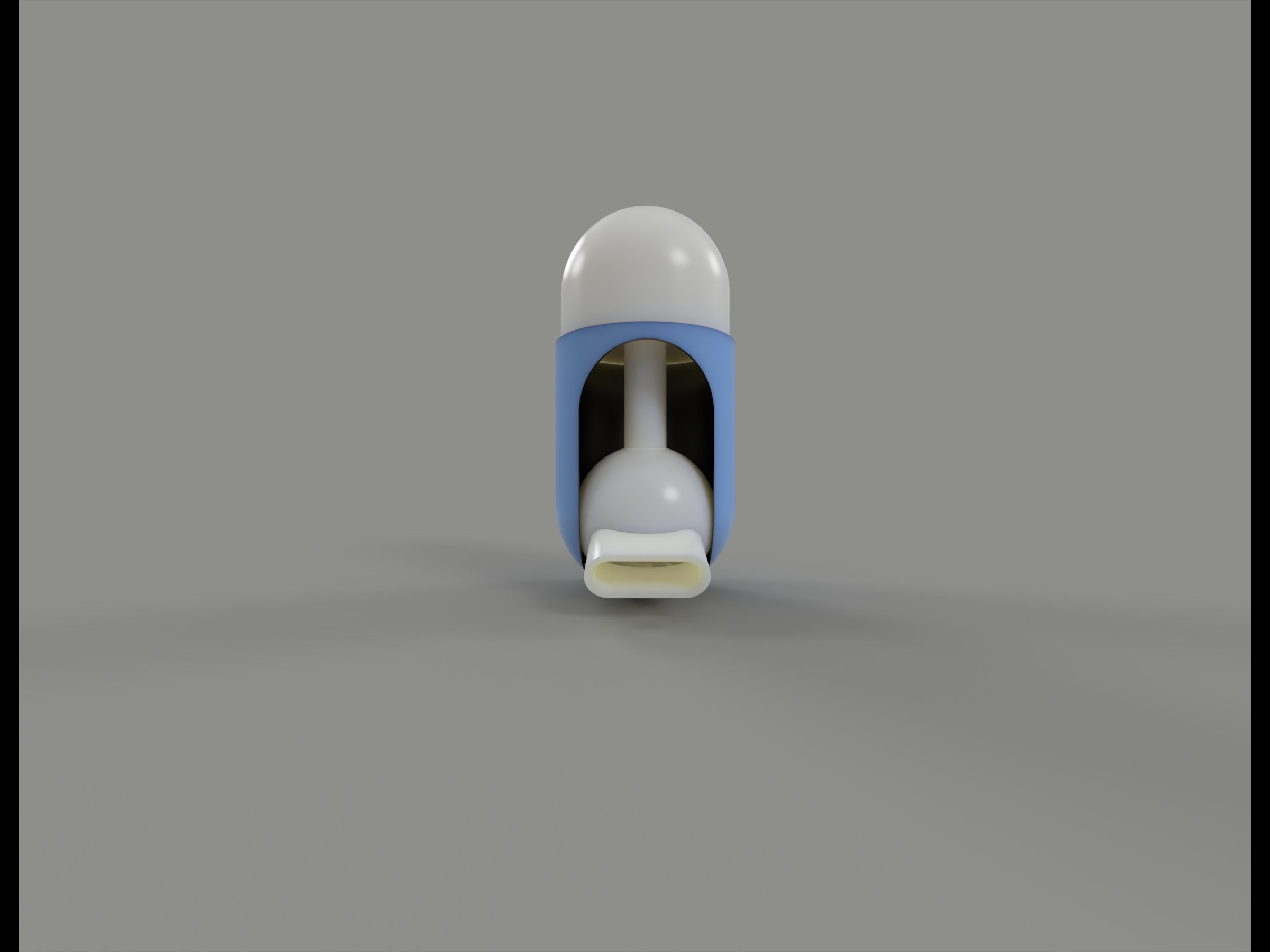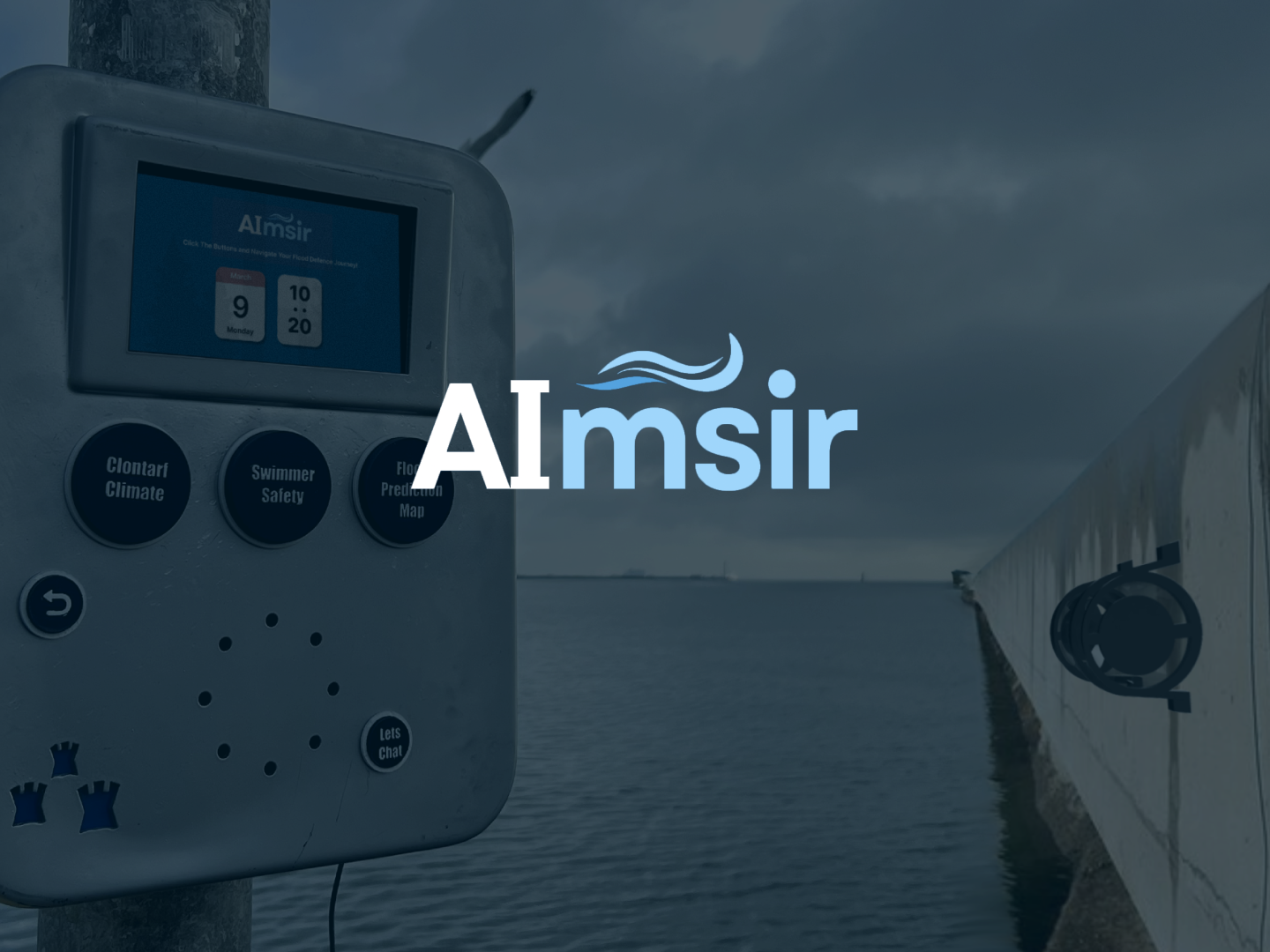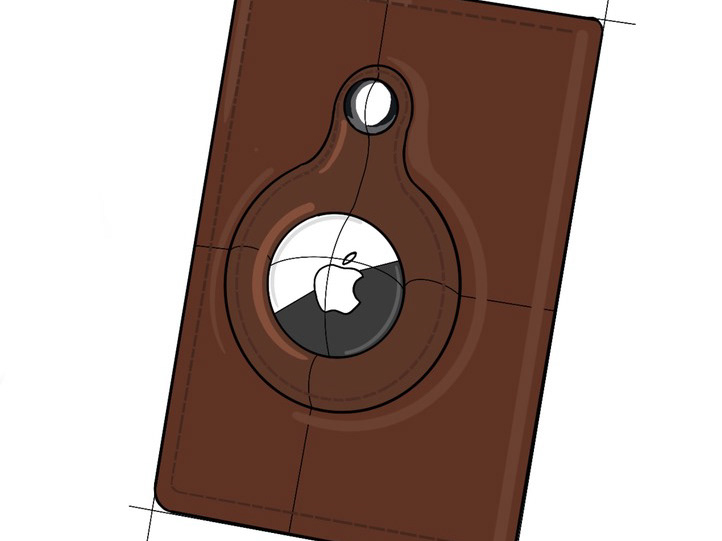"Developing A shoulder reduction task trainer for aspiring EDW to boost confidence and create a higher skill output before initial patient interaction”
In emergency medical settings across Ireland, frontline practitioners face a significant challenge: a lack of practical training in shoulder reductions before their initial patient interactions. This gap in hands-on experience not only diminishes confidence but also hampers the efficiency of shoulder reduction procedures. Recognising this critical need, I have developed a Shoulder Reduction Task Trainer aimed at boosting EDW confidence and improving the speed and reliability of their skill output in this procedure. This innovative training tool promises to revolutionize shoulder reduction training, ensuring EDWs are equipped with the necessary skills and confidence to deliver optimal patient care
What is a shoulder dislocation?
What is a shoulder reduction?
The Problem
Medical Department Workers do not have access to practical training when trying to learn shoulder reductions. They rely on videos and flip charts to gain an understanding of the task while their first practical shoulder reduction is on a real patient, which creates a lack of confidence, a slower skill output in this procedure which increase the likelihood of procedural complications.
These are 3 examples of the types of leaning/ training you will get before your first patient interaction who presents with a dislocated shoulder. On the left you can see the Mercey Hospital in Co. Corks lecture slides which are not only non practical but are also incredibly difficult to follow. More modern instructions have been made as you can see from the middle image however still no practical experience. The final image is a shoulder model used to show students in Beaumont Hospital the internal dynamics of a shoulder dislocation however once again provides students with zero hands on training
Understanding how to reduce shoulders was crucial to concept generating to ensure I was creating an accurate representation of real life dislocated shoulder scenario. I practiced many different reduction techniques on a lambs Glenohumeral joint and also did an anatomy breakdown, which was vital for replicating the rotator cuff from man made materials
Key insights from medical professionals in what features will be crucial to be in the task trainer to ensure simulation of realistic procedural scenario and to have the best outcome of training.
Figure 01 high fidelity tabletop task trainer. Figure 02 Mid Fidelity tabletop task trainer. Fig 03 hybrid low fidelity task trainer (worn by a person)
Rigerous testing with different stakeholders to decide which concept had the most potential. Upon review the decision was agreed to focus on the hybrid task trainer
Prototype iterations
Task analysis of what the task trainer would look like in use. In this case the patient presented with an anterior dislocation and was in mild discomfort. The aspiring EDW calmed the patient and selected the appropriate reduction technique, preformed the technique and successfully reduced the dislocated shoulder. Learning outcome have been achieved and the student can practice this time and time again until their full confidence in the procedure has been achieved and then the may advance to procedural real life scenarios
With the concept validated now became the development to further refine RELO-PRO after feedback from rigorous user testing
Relo-Pro has several key features that are all discussed above. From multiple visits to Beaumont Hospital talking with a variety of medical professionals I was able to establish absolute necessary features to make the most successful shoulder reduction task trainer. This comprehensive approach ensures that Relo-Pro not only boasts an impressive appearance but also delivers precise and realistic training experiences for aspiring Emergency Department Workers (EDWs) seeking proficiency in this procedure.
The neoprene brace will be sandwiched between the the scapula and an ABS plastic buffer plate on the inside of the brace out of sight and secured with 4 M6 bolts threading into the rear of the PLA scapula
Just like an anatomical shoulder the task trainer dislocates in the three different dislocations (anterior, posterior and inferior). This allows the practice of the reduction in all possible dislocations
"No dislocation is the same, some are easy and some are a nightmare" was expressed by Orthopaedic Surgeon Keith Synott. Difficulty can be adjusted through tightening and loosening the supersprinatus portion of the rotator cuff
The key muscles associated with a dislocation such as the pectoris major and deltoid are printed directly onto the brace to show users muscle locations along with key points to massaging to help relax distessed muscles during the reduction procedure
With all features consider, prototypes tested and validated I was ready to commence the final build of RELO-PRO
CAD modelling and 3d printing allowed me to make RELO-PROs hard components quick and easy and printed all parts with the desired material PLA
The neoprene brace and straps where cut to size and stitched to together with help of bond a web and fabric adhesive
Everything was assembled together and RELO-PRO was ready to be tested to ensure my design ticked all the boxes by medical professional's
RELO-PRO in Beaumont Hospital training suites
User testing with target audience a trainee A&E worker (aspiring EDW)
User testing with other medical professionals that deal with shoulder dislocations on a daily basis
Product Features
As RELO-PRO is a hybrid trainer it means that its worn by a real human so it allows the simulation of the most realistic procedure replicating real patient scenarios. The 'patient' can choose a persona before they enter the training suite, will they be cooperative and relaxed or will they be stressed and in lots of pain? the choice is theirs.
The Glenohumeral joint is held together by a mechanism disguised as a rotator cuff showing all connective muscles. As the Humerus head is not attach permanently to the glenoid it is able to be dislocated in the three locations the anterior, posterior and inferior. The difficulty of the reduction can be adjusted by tightening the supraspinatus portion of the mechanism to simulate a more challenging reduction, while loosening it will make the reduction simpler
Muscles Spasms are a common situation during a dislocation and pose a real challenge when trying trying to reduce the joint so massaging the muscles around the joint is a vital part of the procedure to practice. Key muscles associated with shoulder dislocations are labelled directly on the brace. Light blue dots indicate key areas to massage each muscle, aiding in shoulder reduction, particularly when using the Cunningham technique
How does it work?
Fit RELO-PRO to patient and tighten using adjustable velcro straps, once secure select the desired dislocation by pulling the humerus away from the scapula
Fares Technique
Cunningham Technique
Scapular manipulation
RELO-PRO works not only with the 3 techniques mentioned above but also with the 7 other reduction techniques used all over the world opening the trainer to the its largest possible market
on that note..
Lets Talk Business.
Manufacturing will be primarily PLA 3D Printing and soft material manufacturing
A quote from ProtoLab allowed me to price all my 3d Printed components allowing to establish a rough cost of the trainer per 100 unit. Struggling to get the same quote for the soft components, I found other similar neoprene sports braces on the market that possess the same features Relo-Pro has.
The idea is that 10 trainers would go to every major hospital at a reduced cost to facilitate a training class size of over 30 students comfortably as they can work in teams of three (average amount of medical staff needed to reduce a shoulder dislocation)
Funding for RELO-PRO in year one will be funding through three revenue streams which will allow me to comfortably take care of the Irish healthcare sector.
The Goal
The goal of RELO-PRO is to provide hands-on training to aspiring emergency department workers, starting with Ireland. RELO-PRO is specifically designed to enhance training in this complex procedure, introducing a new method of teaching and learning that aims to transform shoulder reduction training permanently
RELO-PRO's unique selling point is its hybrid training capability, providing the most realistic training experience by incorporating a human element into the simulation. This innovative approach paves the way for an expanding future. Following the successful launch of the shoulder reduction task trainer model, there is potential to develop a comprehensive suite of hybrid task trainers for various dislocations throughout the body
Design Impacts

